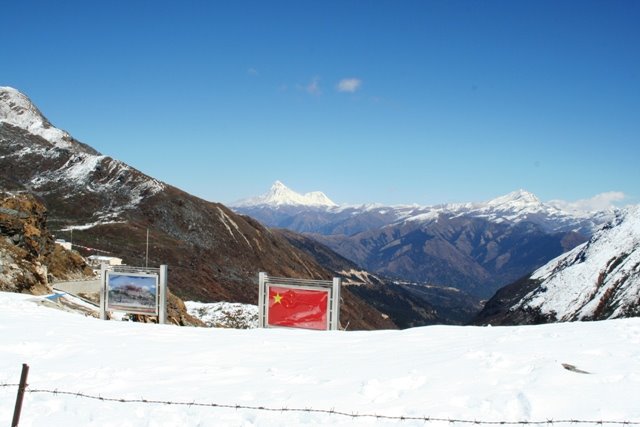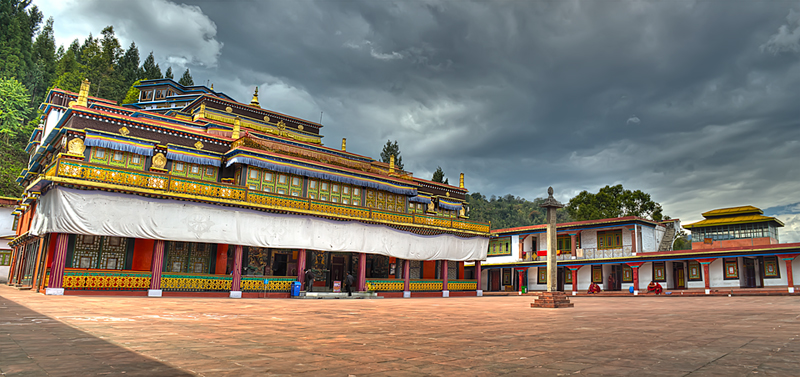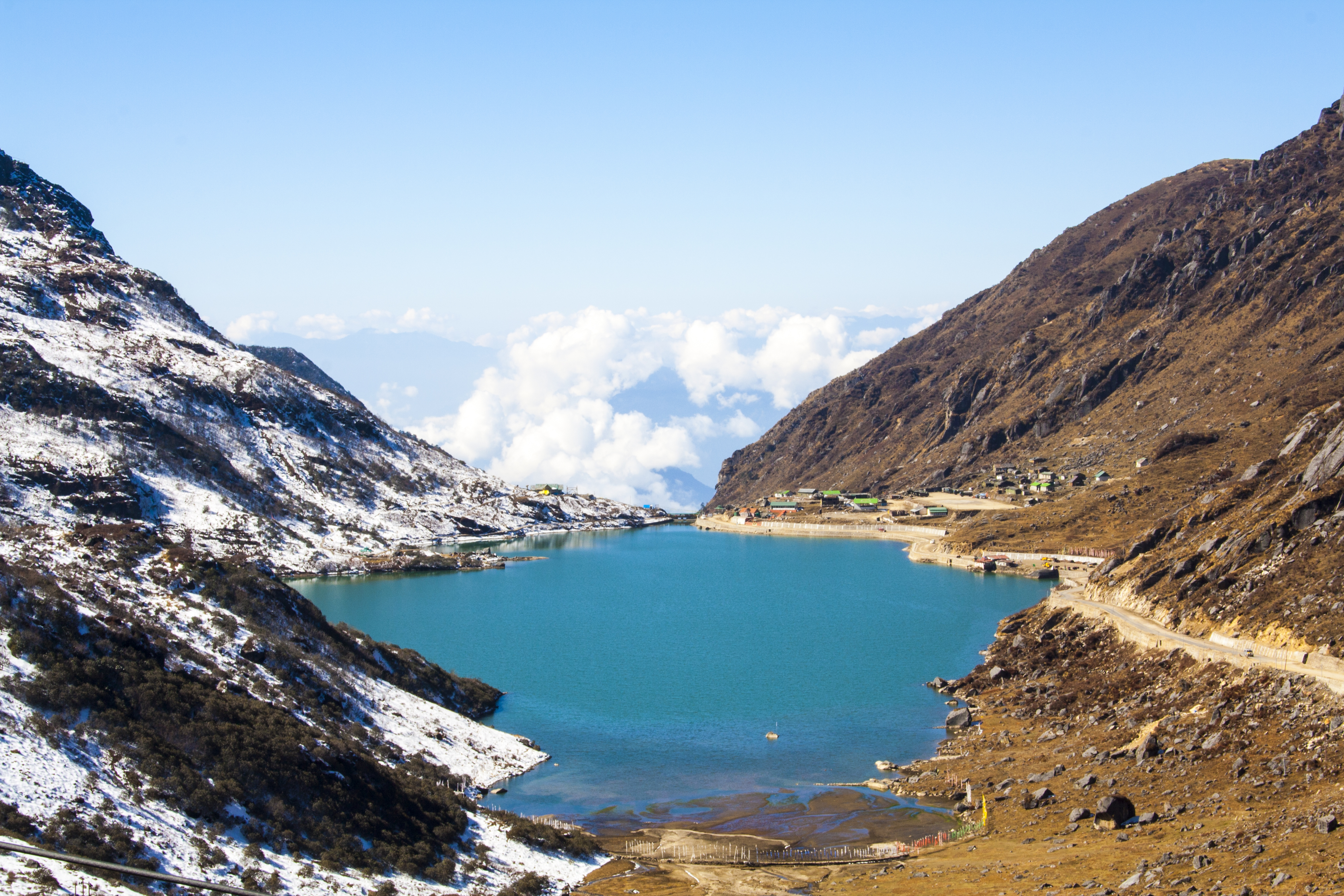Do Drul Chorten, situated in Gangtok, Sikkim, represents a profound intersection of spiritual heritage and cultural transformation. Constructed in 1945 by Trulshik Rinpoche, this magnificent stupa emerged from a deeply mystical context where sacred intent met local spiritual challenges. The site, once believed to be haunted by malevolent spirits, was transformed through Buddhist spiritual practices into a sanctuary of profound religious significance.
The stupa's architectural design reflects a harmonious blend of Tibetan Buddhist traditions and local Sikkimese craftsmanship. Standing approximately 50 feet tall, its golden umbrella-shaped dome symbolizes the spiritual essence of Sikkim, while its square platform tapering upward represents elemental connections between earth and celestial realms. The structure is strategically surrounded by 108 prayer wheels, each inscribed with the sacred mantra "OM MANI PEDME HUNG," inviting devotees into a meditative spiritual practice.
Historically, the stupa's construction occurred during a pivotal moment in Sikkim's socio-political landscape. It represented not merely a religious monument but a powerful cultural statement about preservation, spiritual resilience, and regional identity. Trulshik Rinpoche, a revered Nyingma order lama, chose this location deliberately, believing it could transform negative energetic patterns and establish a sacred space of protection and enlightenment.
Inside the stupa, intricate spiritual artifacts bear witness to its profound religious significance. A complete mandala set of Dorjee Phurba (Vajra Kilaya), Kangyur relics, and various mantras are carefully preserved, representing layers of Buddhist philosophical and metaphysical wisdom. These sacred objects transform the stupa from a mere architectural structure into a living repository of spiritual knowledge and practice.
The site's spiritual narrative is deeply intertwined with local legends about subduing malevolent forces. According to traditional accounts, Trulshik Rinpoche's spiritual prowess was instrumental in pacifying the site's pre-existing negative energies, effectively turning a potentially dangerous location into a consecrated space of learning and meditation. This transformative act exemplifies the Buddhist philosophical principle of converting challenging environments into opportunities for spiritual growth.
Contemporary usage of Do Drul Chorten bridges traditional spiritual practices with modern tourism and cultural exploration. Pilgrims and tourists alike are drawn to its serene environment, panoramic mountain views, and rich cultural ambiance. The site remains accessible year-round, offering free entrance and providing a unique window into Sikkimese Buddhist traditions, architectural heritage, and spiritual philosophy.
The stupa's surrounding landscape further enhances its mystical atmosphere. Chorten Lakhang, featuring two massive statues of Guru Rinpoche, adds layers of visual and spiritual complexity to the site. These representations serve not just as artistic expressions but as powerful symbolic reminders of Buddhist philosophical teachings and historical narratives of spiritual transmission.
Do Drul Chorten stands as a testament to the enduring power of spiritual intention, cultural preservation, and the transformative potential of sacred spaces. Its continued significance extends beyond its physical structure, representing a living embodiment of Sikkimese Buddhist heritage, a bridge between ancient wisdom and contemporary spiritual exploration.





